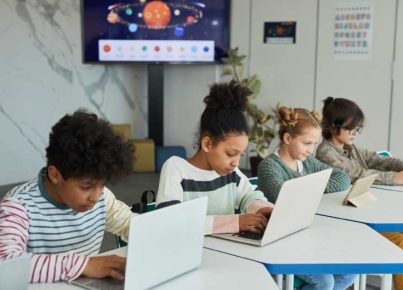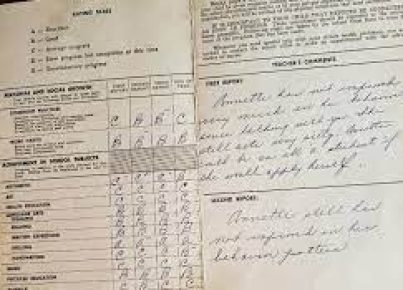This is the extent to which teachers sense their ability to be a major factor that determines how successful their students become. In other words, it’s the confidence teachers have in their ability to guide their students to success. Teacher efficacy includes helping students learn, creating effective programs for students, and successfully changing student learning.
Teachers with strong efficacy typically display an enhanced level of enthusiasm for teaching. They also possess a strong commitment to their profession, positively impact student achievement, and show an augmented level of persistence. For these teachers, new situations aren’t roadblocks. Rather, they are taken as challenges and handled head-on without giving up.
Different factors influence teacher efficacy positively. For one, teachers who hold multiple roles in the school have an enhanced sense of self-efficacy, which is attributed to their commitment to the school and improved job satisfaction. Second, teachers who hold factors within their control (such as collaborating with colleagues, considering alternative teaching strategies, helping students visualize themselves as competent learners, etc.) responsible for their students’ success typically have much higher efficacy levels than those who hold factors beyond their control (like class size, family situation, and student effort, among others) responsible.
Third, learning and implementing new teaching practices boost teacher efficacy and benefit students. In other words, when teachers get better, their students too become more proficient. When teachers come to know, think, understand, and practice in a different way in a verifiable area of student learning requirements, they end up impacting student achievement positively.
It’s possible to boost teacher efficacy. Most efforts aiming to achieve this goal are based on Albert Bandura’s social learning theory that proposed four chief sources of efficacy perceptions, namely vicarious experiences, mastery experiences, physiological and emotional states, and social and verbal persuasion.
The most dominant among these for teacher efficacy was found to be mastery experiences. To put it differently, teachers’ personal experiences of success or lack of it strongly form their efficacy beliefs. In contrast, efficacy beliefs are merely modestly altered by logical persuasion, watching others, or emotional situations. Actual change happens through what teachers experience in their classrooms with their students.
When a group of teachers has faith in their ability to affect students positively, it’s called collective teacher efficacy. In schools that have collective teacher efficacy, teachers are more focused on academic pursuits, display more optimistic attitudes toward professional development, and experience enhanced levels of relationship satisfaction, motivation, and intent to stick to their profession.




